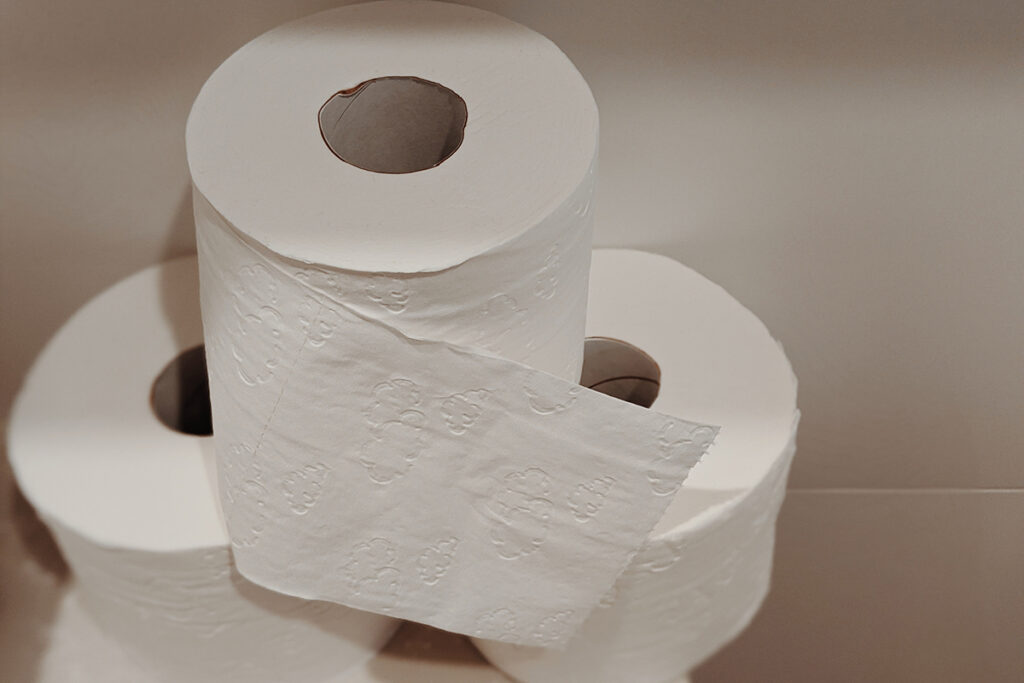EarthTalk®
From the Editors of E – The Environmental Magazine
Dear EarthTalk: What’s the latest on efforts to force Procter & Gamble to stop using virgin forest fiber for its toilet paper products?
— P. Brody, Boulder, CO
Strolling down the toilet paper aisle, one is faced with a grave decision: 3-ply or ultra-plush? For consumers, factors like price, size and comfort always come to mind first while consuming this household product, yet why do we fail to prioritize the environmental impact of toilet paper?
The average American household consumes an average of three rolls of toilet paper per week, or an annual average of 100 pounds of the stuff, according to the Natural Resources Defense Council (NRDC), a leading non-profit environmental group. Procter and Gamble (P&G), like other major companies have continued to employ traditional toilet paper production processes that devastate forests, earning the company an F grade for all its tissue brands according to a recent report from NRDC.
P&G sources northern bleached softwood kraft (NBSK), the primary softwood pulp in most U.S. tissue products, from Canada’s boreal forest. An indispensable global carbon sink (a natural environment that absorbs carbon from the atmosphere), the boreal forest constitutes 25 percent of the planet’s remaining intact forest and contains twice as much carbon as the world’s oil reserves.
Although P&G promised in a 2020 resolution to begin eliminating deforestation from its supply chains, the company actually increased logging and production of NBSK from Canada’s boreal forest in 2021. This excessive logging has prompted a continual collapse of this vital ecosystem, where the forest now emits more carbon into the atmosphere than it absorbs.
In Canada, the logging industry alone accounts for more than 26 million metric tons of carbon emissions every year, substantially more than the total emissions from passenger cars and trucks. Rather than making a change to sourcing and production methods, P&G is busy deflecting the responsibility of sustainability upon consumers—as with other common products like cars or straws.
“As the climate crisis worsens, the tissue industry’s continued reliance on a devastating ‘tree to toilet pipeline’ has become only more untenable,” said Shelley Vinyard, NRDC’s boreal corporate campaign manager. “Major corporations like P&G must start responding to the pressure and accept their own, much larger, role in the climate catastrophe.”
Though consumers can certainly make a difference by selecting bamboo-based or recycled fiber toilet paper, the weight of the responsibility falls upon large corporations. Forests have no voice against the exploitations of the logging industry, so companies like P&G must stop taking half-measures and turn their resolutions into reality.
CONTACTS: Your Favorite Toilet Paper May Be Making Climate Change Worse, motherjones.com/environment/2021/09/your-favorite-toilet-paper-may-be-making-climate-change-worse/; Procter & Gamble heirs say company’s ‘production is coming at a terrible price to the planet’, cbsnews.com/news/procter-gamble-relative-call-for-change.
EarthTalk® is produced by Roddy Scheer & Doug Moss for the 501(c)3 nonprofit EarthTalk. See more at https://emagazine.com. To donate, visit https//earthtalk.org. Send questions to: question@earthtalk.org.

